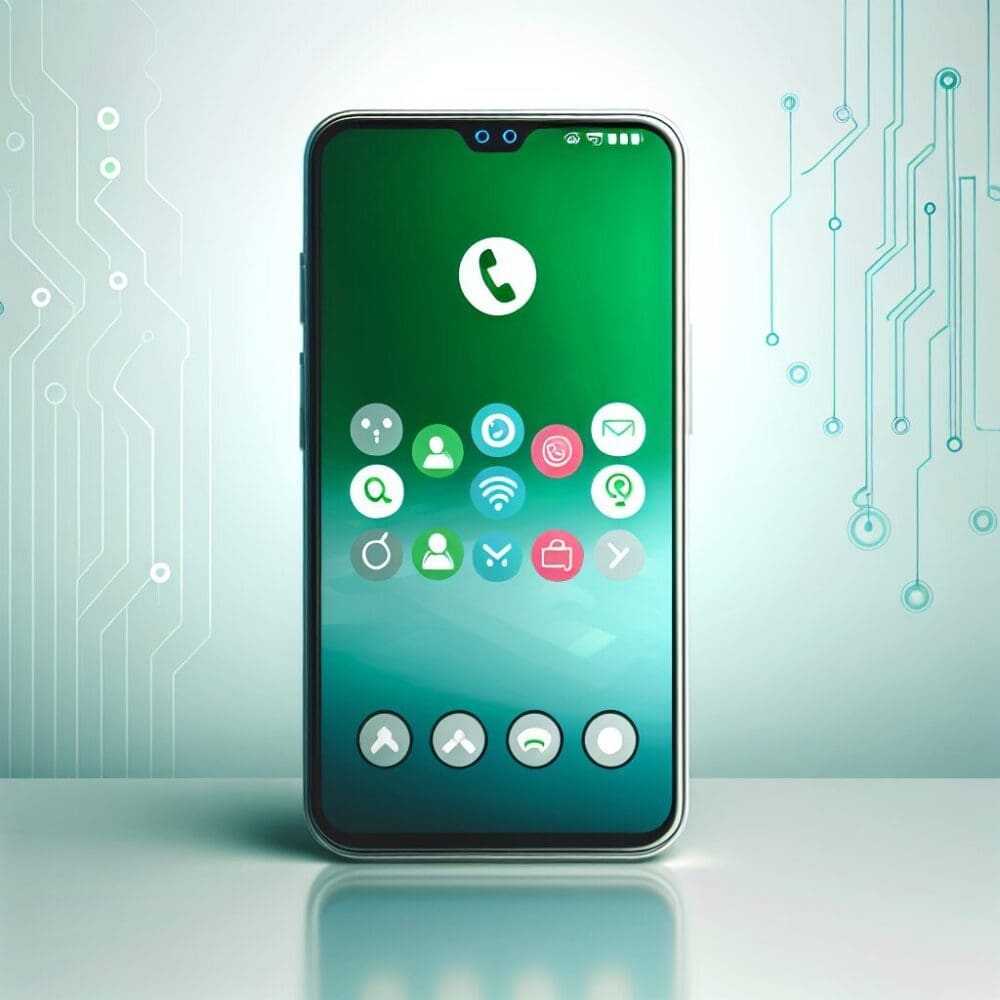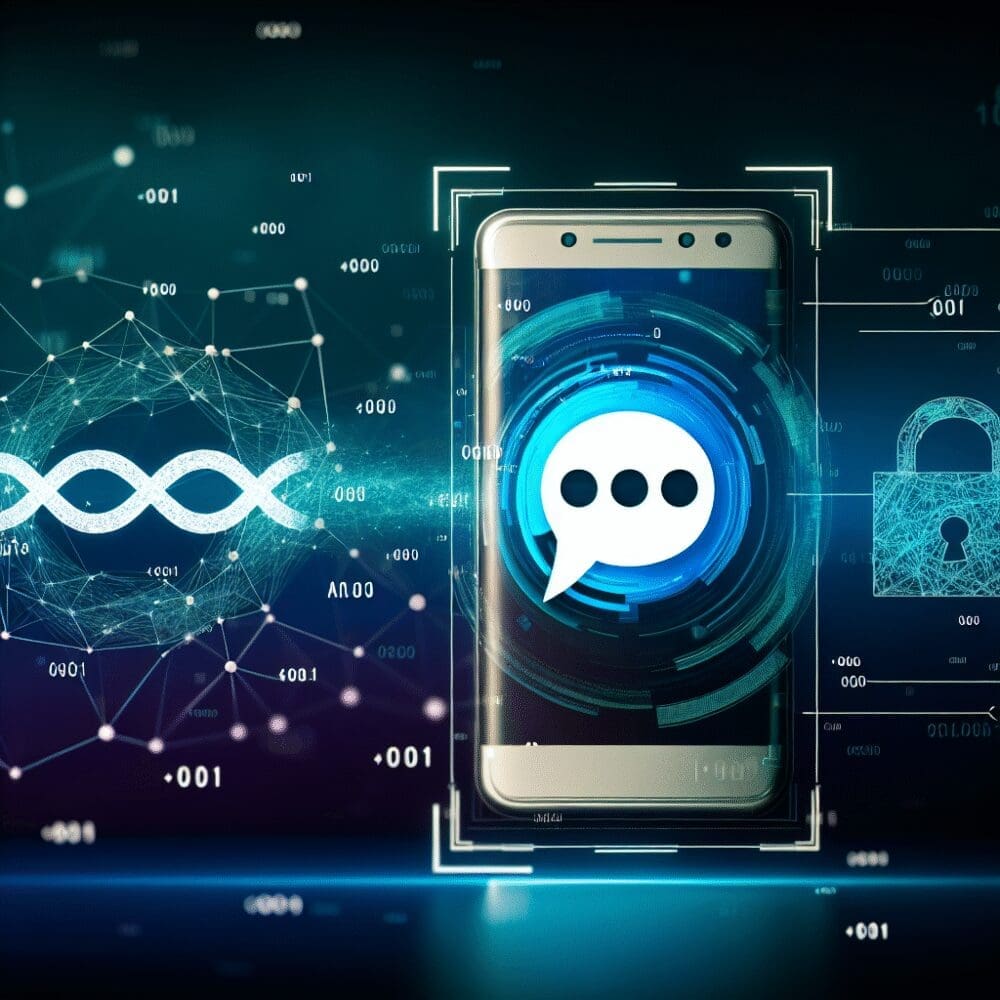“`html
Set WhatsApp as Default iPhone App for Calls and Messages
With the ever-growing popularity of WhatsApp as a communication tool, iPhone users are eagerly anticipating new ways to integrate it more deeply into their daily routine. Recently, there has been a buzz around setting WhatsApp as the default app for calls and messages on iPhones. Let’s explore how to do this, why it might be beneficial, and what it could mean for the future of mobile communication.
Why Choose WhatsApp over Traditional Apps?
WhatsApp offers numerous advantages over traditional phone call and messaging apps. Here are some of the key benefits:
- Global Reach: WhatsApp connects over 2 billion users worldwide, allowing for seamless communication across borders without additional international calling fees.
- End-to-End Encryption: Privacy is a top priority, with messages being fully encrypted, ensuring secure exchanges of information.
- Rich Media Support: Users can share a wide variety of media types, including photos, videos, and voice clips, offering a more engaging communication experience.
- Group Chat Functionality: WhatsApp supports group chats with up to 256 participants, perfect for organizing family events or work collaborations.
How to Set WhatsApp as Default on iPhone
As of the latest iOS updates, Apple has taken steps to increase customization options, including the ability to set third-party applications as default services. While still in the early stages, Apple may eventually allow apps like WhatsApp to replace the native Phone and Messages apps fully. Here’s how you might do this:
Preparing iOS for Third-Party Defaults
Apple has been making strides in this area, following trends initiated by other mobile platforms. Although direct default setting for calls is not officially supported yet, users can prepare their iPhones by following these general steps:
- Ensure your iPhone is updated to the latest version of iOS.
- Download and install the latest version of WhatsApp from the App Store.
- Set up your WhatsApp with your mobile number and allow necessary permissions for access to contacts and notifications.
Integrating WhatsApp with Shortcuts
Using the Shortcuts app on iPhone, users can configure commands that prioritize WhatsApp for specific action types:
- Open the Shortcuts app on your iPhone.
- In the Automations tab, create a new automation.
- Set an event trigger such as “When [name] calls” to open WhatsApp directly.
- Adjust notifications preferences to prioritize WhatsApp interactions.
Potential Limitations and Future Possibilities
While setting WhatsApp as a primary communication tool is advantageous, there are a few considerations:
Current Technical Limitations
- Apple’s ecosystem is designed to work seamlessly with native apps, making full default settings challenging.
- Currently, calls initiated outside of WhatsApp (e.g., from Siri commands or lock screen) default to the native Phone app.
Looking Forward
As Apple paves the way towards more openness, it’s not far-fetched to envision a future where iPhone users fully integrate third-party applications like WhatsApp into their daily workflows. This evolution will not only enhance user experience but could redefine how we perceive mobile communication as a whole. The prospect of a wholly integrated experience isn’t just exciting but promises wider possibilities for innovation and user empowerment.
Conclusion: The Future of Communication
Setting WhatsApp as the default app for calls and messages on iPhone heralds a new era of mobile communication, one that prioritizes user choice, security, and functionality. As Apple continues to adapt to changing market trends and user preferences, embracing third-party applications could be a game-changer. For now, iPhone users can adopt creative solutions using Shortcuts to customize their messaging and calling experience with WhatsApp.
Stay tuned for further updates and guides on how you can streamline your communication preferences on iOS!
“`



